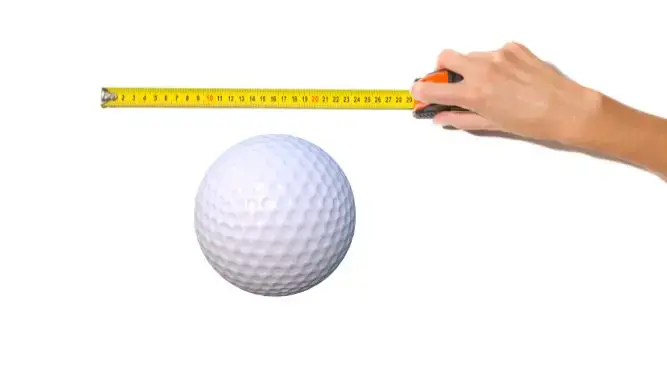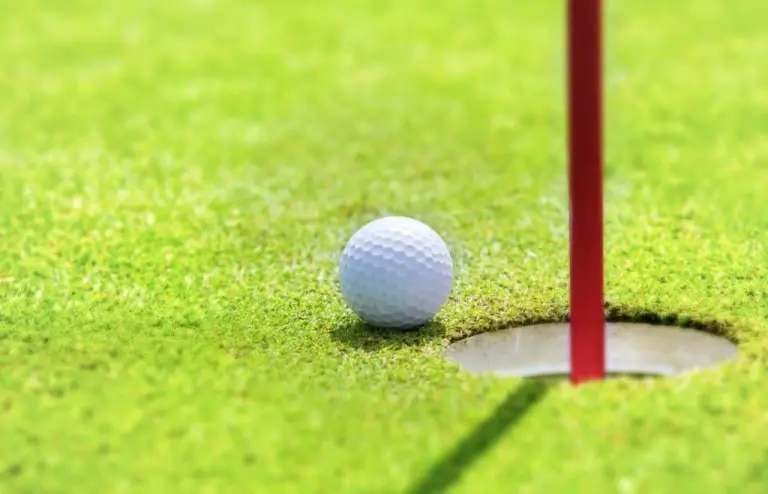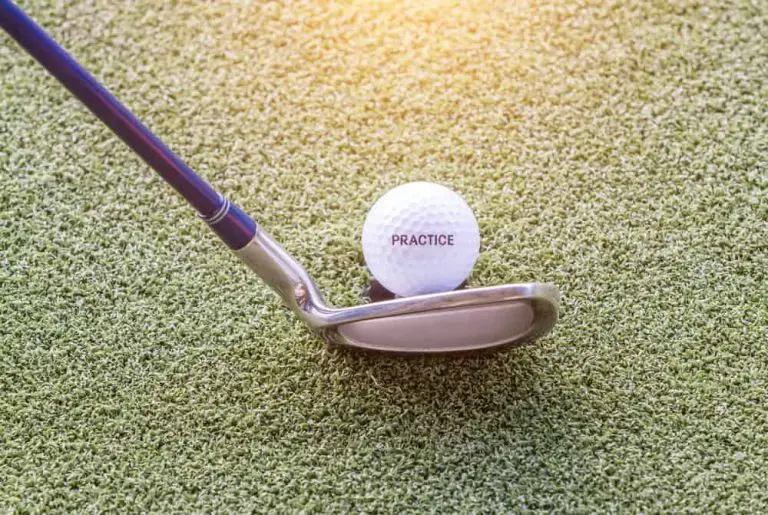How Big Is A Golf Ball In Centimeters

Golf is a game of precision and accuracy, where every detail counts, including the size of the ball. The size of a golf ball is critical to the game, as it directly affects the ball’s performance and the golfer’s ability to control it. It is essential for golfers to have an understanding of the standard size of a golf ball and the impact of size on performance.
Golf balls come in different sizes and have evolved over time. In the early days of golf, golf balls were made from wood or leather and came in different sizes. However, as the game became more popular, it became necessary to standardize the size of the golf ball. Today, the official size of a golf ball is 1.68 inches (4.27 centimeters) in diameter, as set by the United States Golf Association (USGA) and the Royal and Ancient Golf Club of St Andrews (R&A).
In this article, we will explore the size of a golf ball in centimeters, the history of golf ball size, the impact of size on performance, and the manufacturing process of golf balls. We will also discuss the tools and methods used to measure golf ball size and the variations in golf ball size. By understanding the size of a golf ball, golfers can make informed decisions when selecting golf balls and ensure that they are playing with a ball that meets the requirements for precision and accuracy.

The Standard Size of a Golf Ball
According to the rules set forth by the United States Golf Association (USGA) and the Royal and Ancient Golf Club of St Andrews (R&A), the official size of a golf ball is 1.68 inches (4.27 centimeters) in diameter. This standard size has remained the same since 1990 and is used in all official golf competitions.
The Evolution of Golf Ball Size
The size of a golf ball has not always been standardized. In the early days of golf, golf balls were made from a variety of materials, including wood and leather, and came in different sizes. It wasn’t until 1932 that the USGA established a minimum size for golf balls, which was later adopted by the R&A in 1939. The maximum size was established in 1974, and the current standard size of 1.68 inches was established in 1990.
Why the Size of a Golf Ball Matters
The size of a golf ball plays a crucial role in performance, as it impacts the ball’s aerodynamics and the golfer’s ability to control it. A larger ball would be more difficult to hit with precision and accuracy, while a smaller ball would be more prone to being affected by wind and other environmental factors.
How Golf Balls Are Measured and Manufactured
Golf balls are measured using a specialized tool called a “golf ball gauge,” which measures the diameter of the ball and ensures that it falls within the standard size range. Golf balls are typically made from a core of rubber or synthetic material, which is then wrapped in layers of plastic and covered in a dimpled outer layer.
Manufacturing processes vary by manufacturer, but most involve molding the core material into shape, then applying the outer layers and dimples through a process called “injection molding.” Quality control measures are used throughout the manufacturing process to ensure that the balls meet the required size and weight specifications.
Variations in Golf Ball Size
While the standard size of a golf ball is 1.68 inches, there is a tolerance range that allows for some variation in size. According to the USGA and R&A rules, golf balls must have a diameter that is no smaller than 1.68 inches and no larger than 1.68 inches plus .02 inches (4.29 centimeters). This range allows for minor variations in size due to manufacturing processes.
Conclusion
The size of a golf ball may seem like a minor detail, but it plays a significant role in the game of golf. Understanding the standard size, the history of golf ball size, and the manufacturing process can provide golfers with a greater appreciation for the sport and help them make more informed decisions when selecting golf balls. By ensuring that golf balls fall within the standard size range, golfers can be confident that they are playing with a ball that meets the requirements for precision and accuracy.





